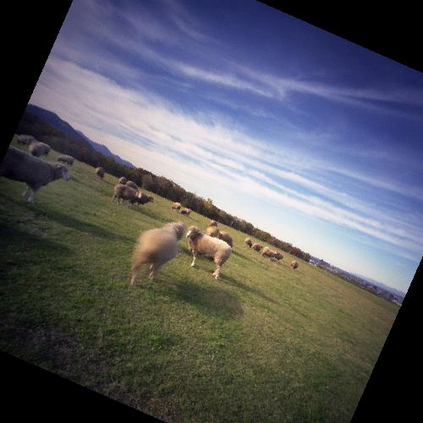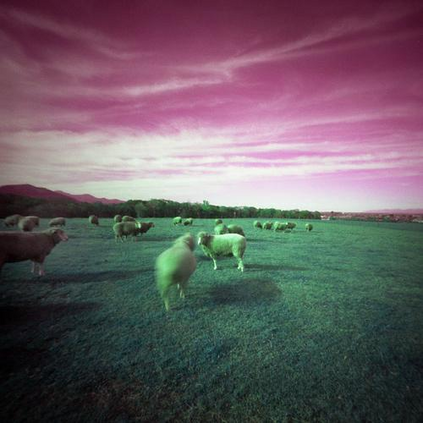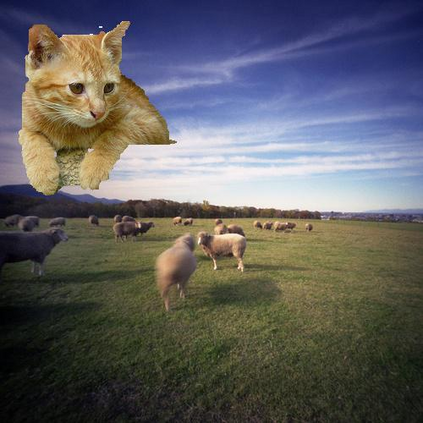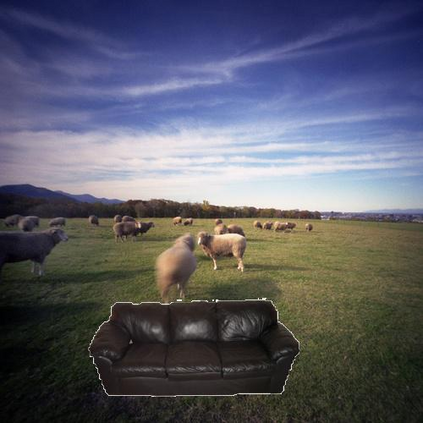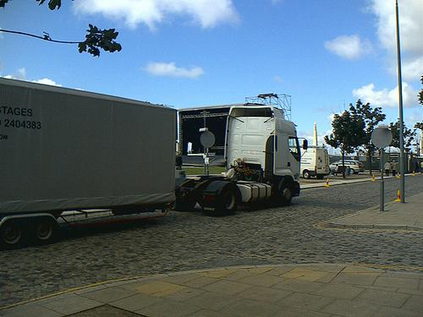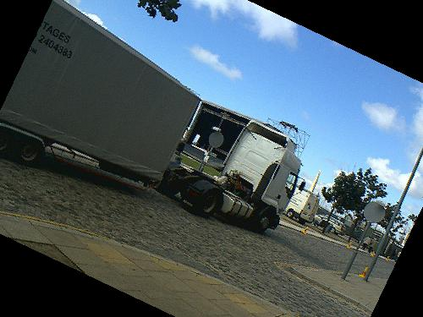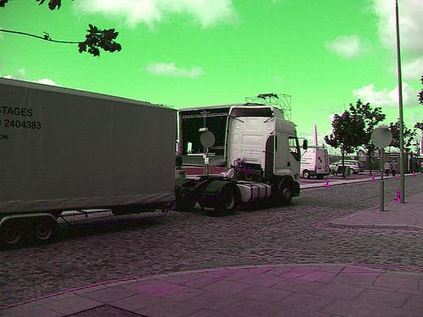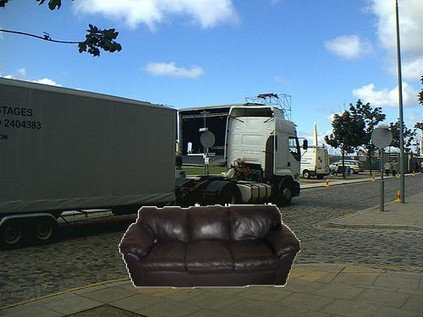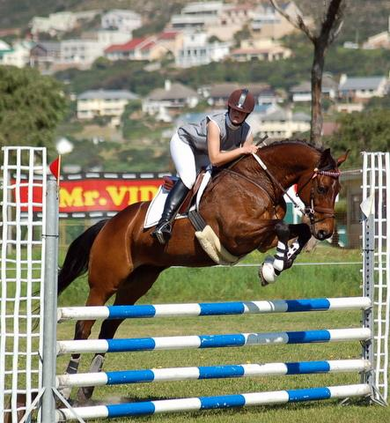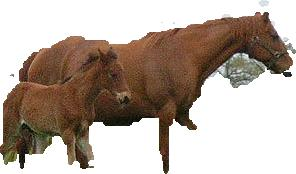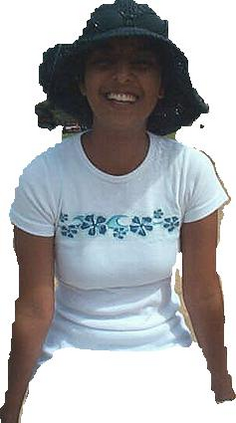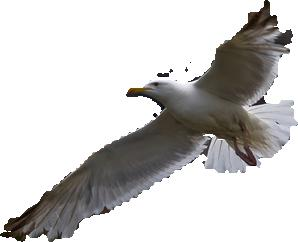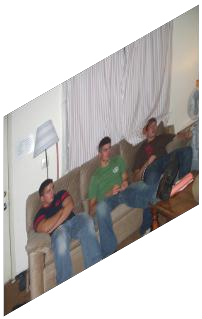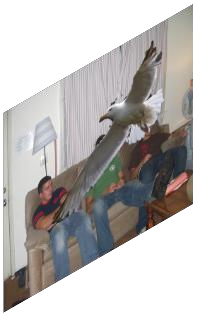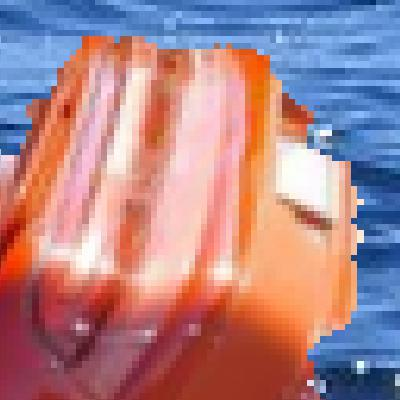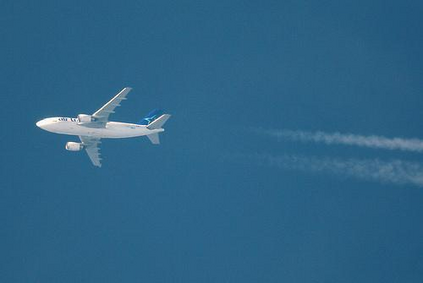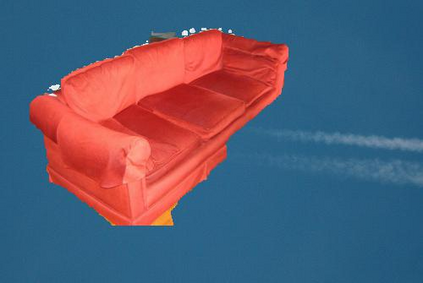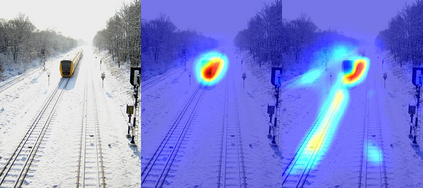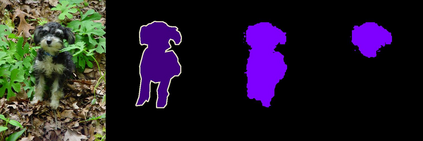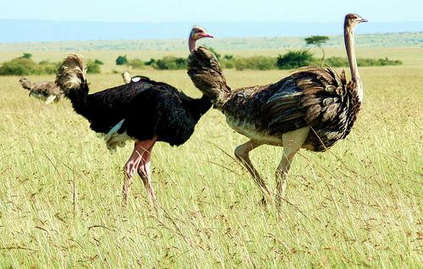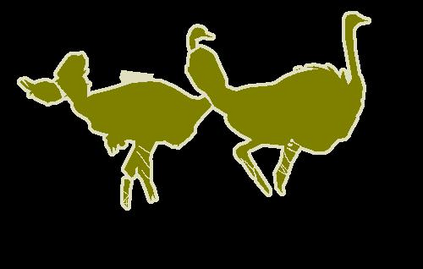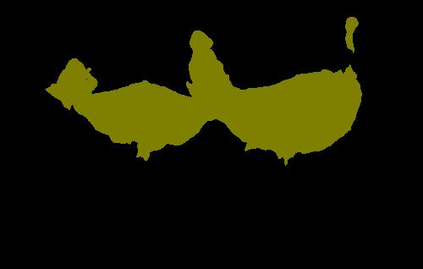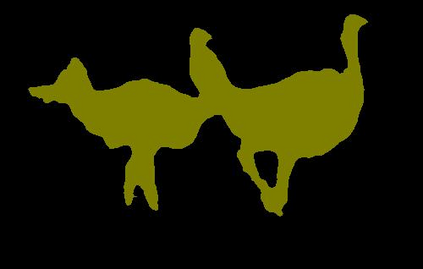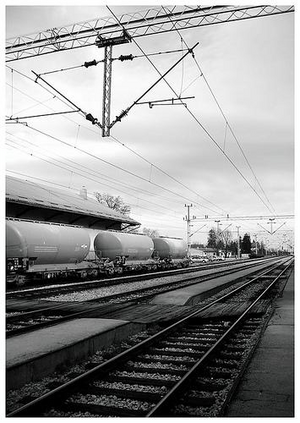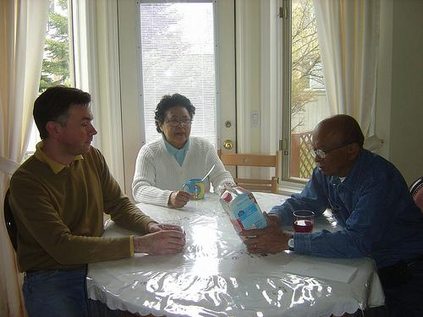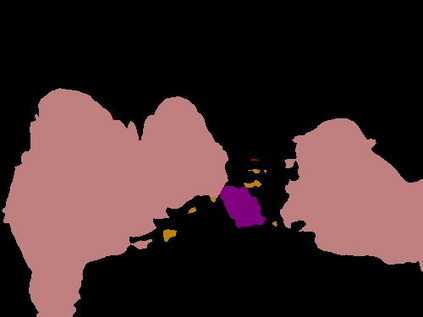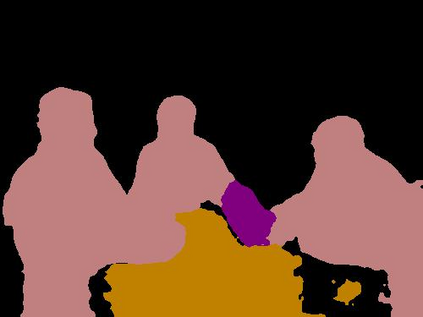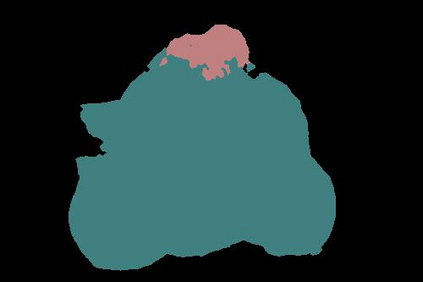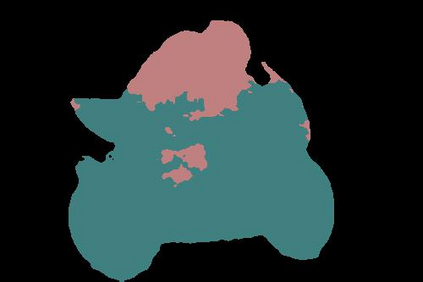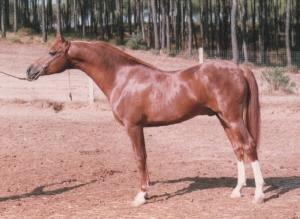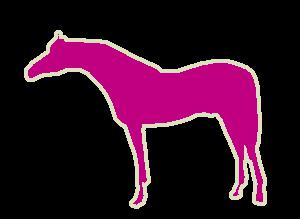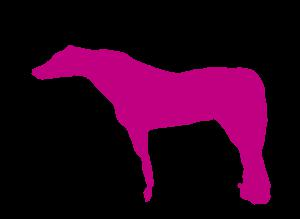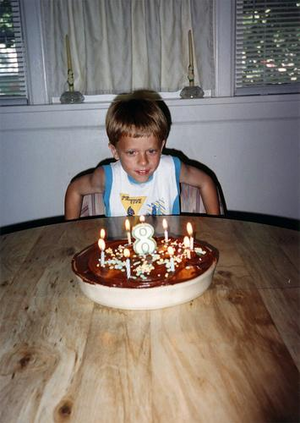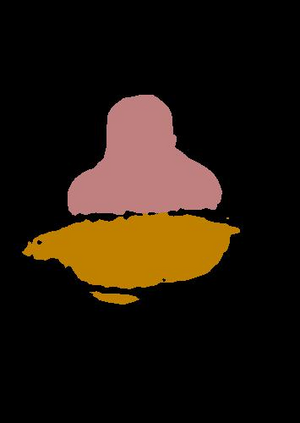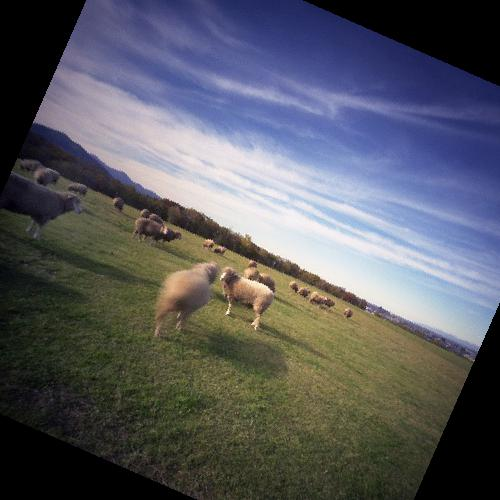Data augmentation is vital for deep learning neural networks. By providing massive training samples, it helps to improve the generalization ability of the model. Weakly supervised semantic segmentation (WSSS) is a challenging problem that has been deeply studied in recent years, conventional data augmentation approaches for WSSS usually employ geometrical transformations, random cropping and color jittering. However, merely increasing the same contextual semantic data does not bring much gain to the networks to distinguish the objects, e.g., the correct image-level classification of "aeroplane" may be not only due to the recognition of the object itself, but also its co-occurrence context like "sky", which will cause the model to focus less on the object features. To this end, we present a Context Decoupling Augmentation (CDA) method, to change the inherent context in which the objects appear and thus drive the network to remove the dependence between object instances and contextual information. To validate the effectiveness of the proposed method, extensive experiments on PASCAL VOC 2012 dataset with several alternative network architectures demonstrate that CDA can boost various popular WSSS methods to the new state-of-the-art by a large margin.
翻译:增强数据对于深层学习神经网络至关重要。 通过提供大量培训样本, 它有助于提高模型的普及能力。 受到监管的语义分割( WSSS) 是一个具有挑战性的问题, 近些年来对此进行了深入研究, WSSS 的常规数据增强方法通常采用几何变换、随机裁剪和颜色抖动。 但是, 仅仅增加相同的背景语义数据并不能给网络带来多少好处, 以区分对象, 例如, 提供大量培训样本, 帮助提高模型的广度分类。 “ 航空平面” 的正确图像级别分类可能不仅仅是由于对对象本身的识别, 而且还因为其共同环境( 如“ 天空 ” ) 是一个具有挑战性的问题, 这使得模型对对象特性的关注较少。 为此, 我们提出了一个环境脱钩增强( CDA) 方法, 以改变对象出现时的内在环境, 从而推动网络消除对象实例和背景信息之间的依赖性。 为了验证拟议方法的有效性, 对 PASAL VOC 2012 数据集进行广泛的实验, 以及若干替代网络结构显示 CDA 能够推动各种广度差值 。
相关内容
- Today (iOS and OS X): widgets for the Today view of Notification Center
- Share (iOS and OS X): post content to web services or share content with others
- Actions (iOS and OS X): app extensions to view or manipulate inside another app
- Photo Editing (iOS): edit a photo or video in Apple's Photos app with extensions from a third-party apps
- Finder Sync (OS X): remote file storage in the Finder with support for Finder content annotation
- Storage Provider (iOS): an interface between files inside an app and other apps on a user's device
- Custom Keyboard (iOS): system-wide alternative keyboards
Source: iOS 8 Extensions: Apple’s Plan for a Powerful App Ecosystem

